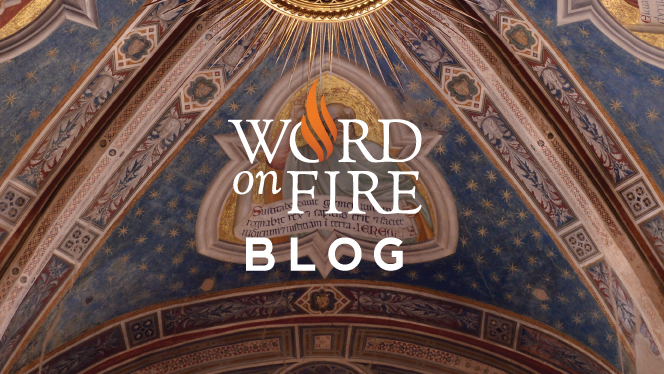Death came for the Archbishop, and now it’s time to talk about it. Ellyn von Huben, after having introduced our most recent WOF Book Club selection (Willa Cather’s “Death Comes to the Archbishop”), now offers some thought-provoking questions to get the conversation started. Join in on the WOF Book Club forum!
1. Willa Cather, while having thoroughly researched the Catholic Church, also knew well the terrain of the American frontier. When she remarks, near the end of the book (p. 276) that the American missionaries “…endured Hunger, Thirst, Cold, Nakedness, of a kind beyond any conception St. Paul and his brethren could have had. Whatever the early Christians suffered, it all happened in that safe little Mediterranean world, amid the old manners, the old landmarks,” does she overstate her case? Does this also speak for missionaries throughout the rest of the world?
2. Is there is sort of prescience in renegade Padre Martinez’s remarks to the Bishop (p.146) that “We have a living Church here, not a dead arm of the European Church. Our religion grew out of the soil, and has its own roots. We pay a filial respect to the person of the Holy Father, but Rome has not authority here?” Is the mindset of Padre Martinez alive in those in our Church today?
3. Father Latour told the frustrated Navajo that “that in a Protestant country the one thing a Roman priest could not do was to interfere in matters of Government.” Is this still true in some ways today?
4. Cather’s depiction of Padre Escolastico’s return from his pilgrimage to the shrine of Our Lady of Guadalupe (p. 45) is particularly touching. What do you think of Fr. Vaillant’s statement “One might almost say that an apparition is human vision corrected by divine love?” And “our perceptions being made finer?”
5. Cather talks about the rock (p.97) as “the utmost expression of human need…” How does she weave this geological and spiritual reality with the “strange literalness” that the Fathers found in their new flock?
6. When the popular but extremely lax Fr. Gallegos had been relieved of his post (p. 117), the author says his “fickle” parishioners “found as much diversion in being devout as they had once found in being scandalous.” Do you think this was a cultural phenomenon or could it be common to all people? Do we all have a nature that can find devotion as absorbing as scandal if we are only properly formed?
7. The story of Sada (p. 212) the servant of the cruel Protestant family was moving in many ways. What do you think of the genius with which the author combined sustained devotion in the face of torment, the importance of the riches of the Church as consolation and inspiration, and the humility of the priest in the presence of this humble woman? (e.g. “This church was Sada’s house, and he was a servant in it.”)
8. Without being heavy-handed, does Cather make the story of Fr. Lucero’s deathbed repentance and vision of “Padre Martinez’s torment” (p.168) a ‘cautionary tale’?
9. Was the setting of this book perfect background for the explanation of the solitary nature of the priestly life. For example: “It was just this solitariness of love in which a priest’s life could be like his Master’s. It was not a solitude of atrophy, of negation, but of perpetual flowering.” (p. 254)
Answer Ellyn’s questions and dialogue with other Word on Fire Book Club members over on the WOF Book Club Forum. Thank you for participating!
Ellyn von Huben is a writer, speaker and Word on Fire Blog contributor.
Like us on Facebook
Follow us on Twitter
